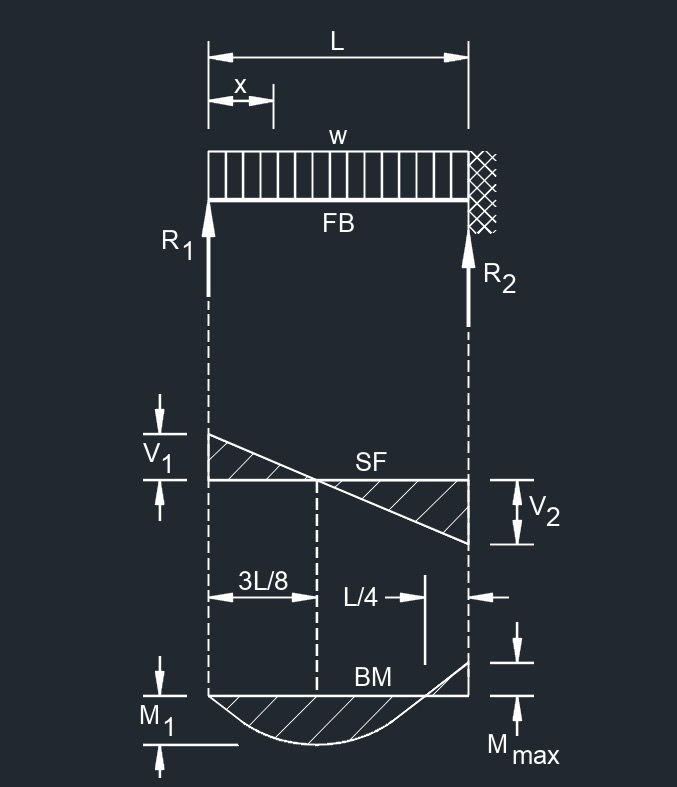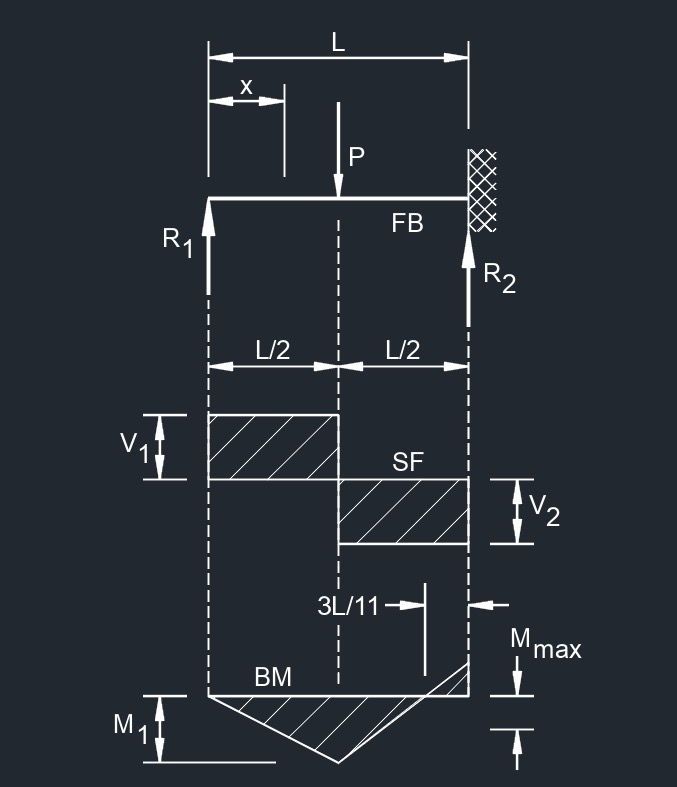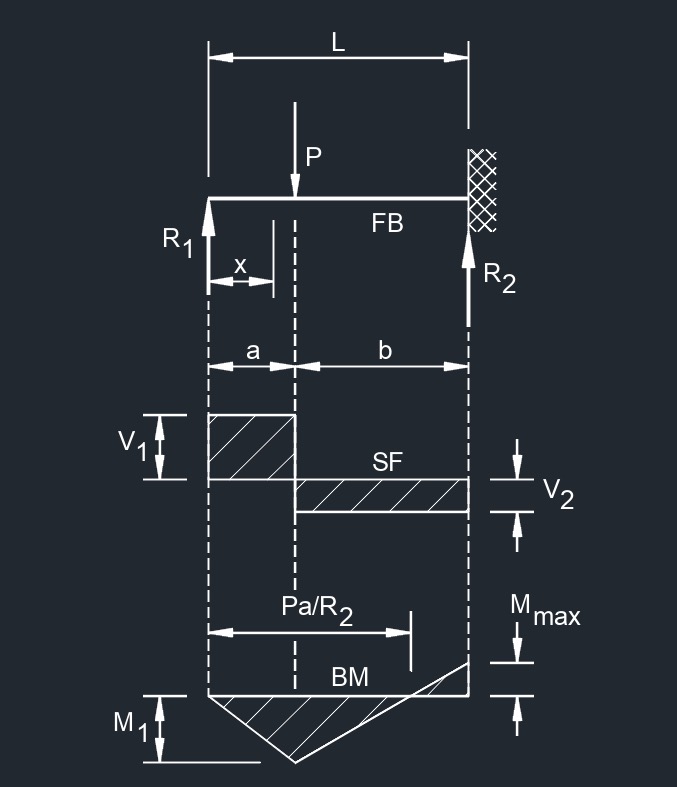Beam Design Formulas
Structural beam design refers to the process of determining the appropriate size and shape of beams that will be used in construction to support and distribute loads within a building or structure. Beams are horizontal or inclined structural members that carry vertical loads. The design of structural beams involves several important considerations to ensure the safety, stability, and efficiency of a structure.
|
See Articles
|
See Articles
|
Simple Supported Beam
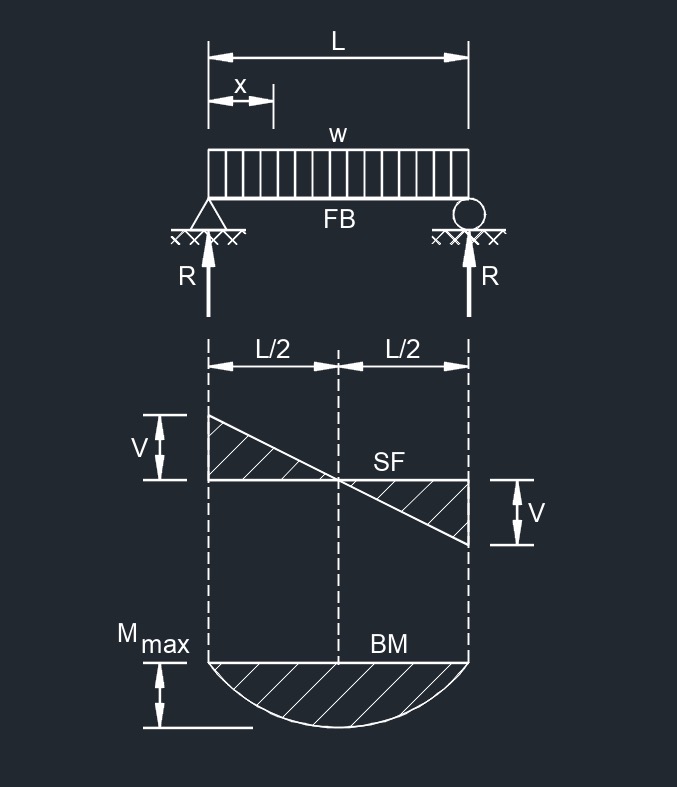 Uniformly Distributed Load
Uniformly Distributed Load 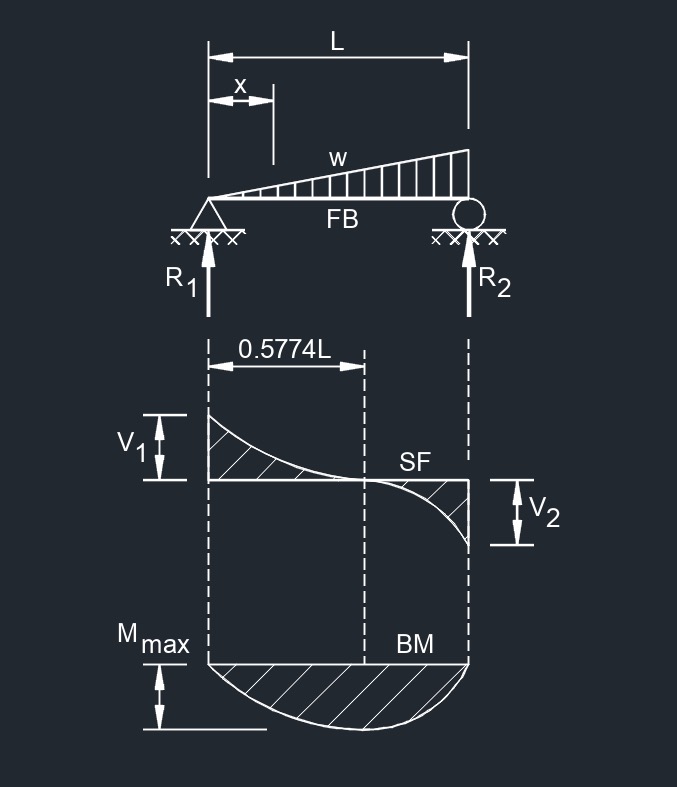 Load Increasing Uniformly to One End
Load Increasing Uniformly to One End 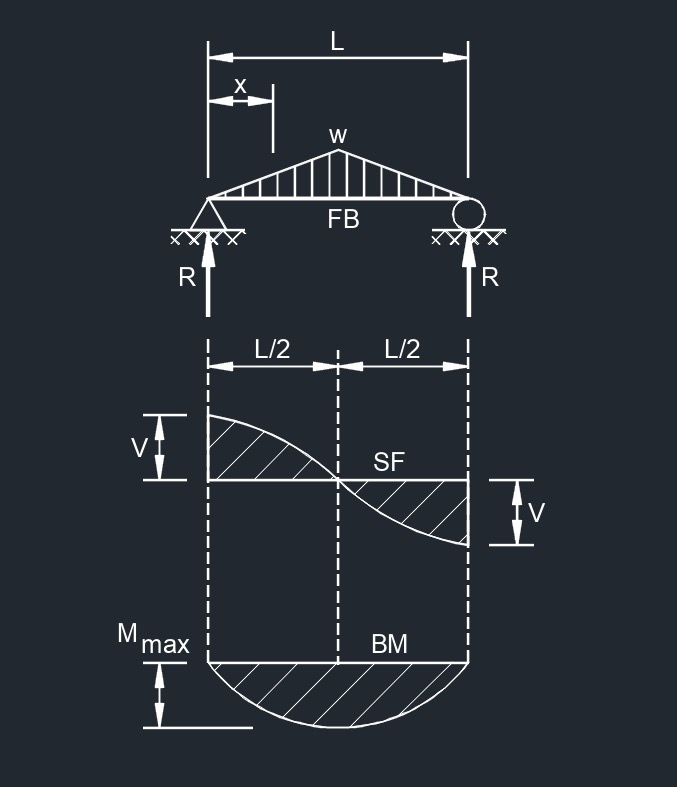 Load Increasing Uniformly to Center
Load Increasing Uniformly to Center 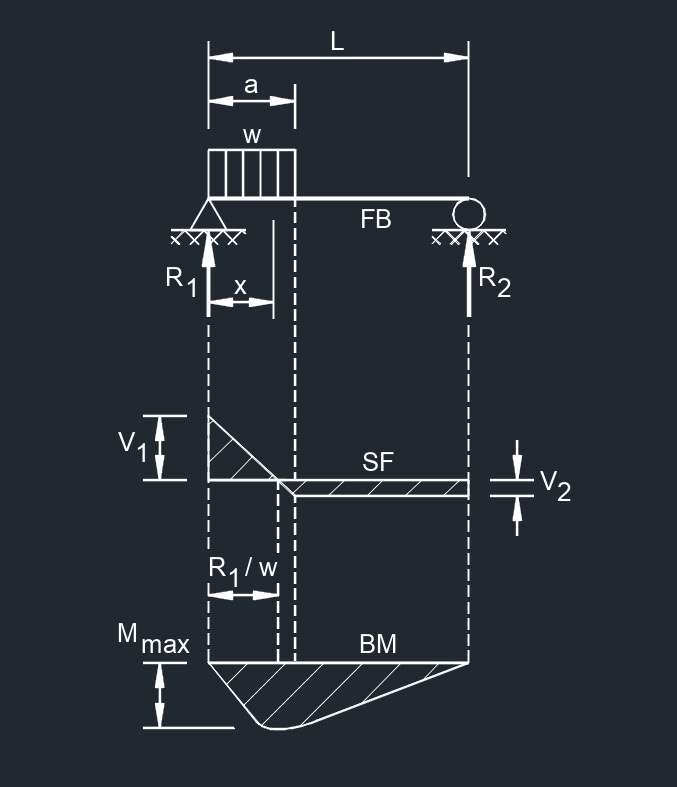 Uniform Load Partially Distributed at One End
Uniform Load Partially Distributed at One End
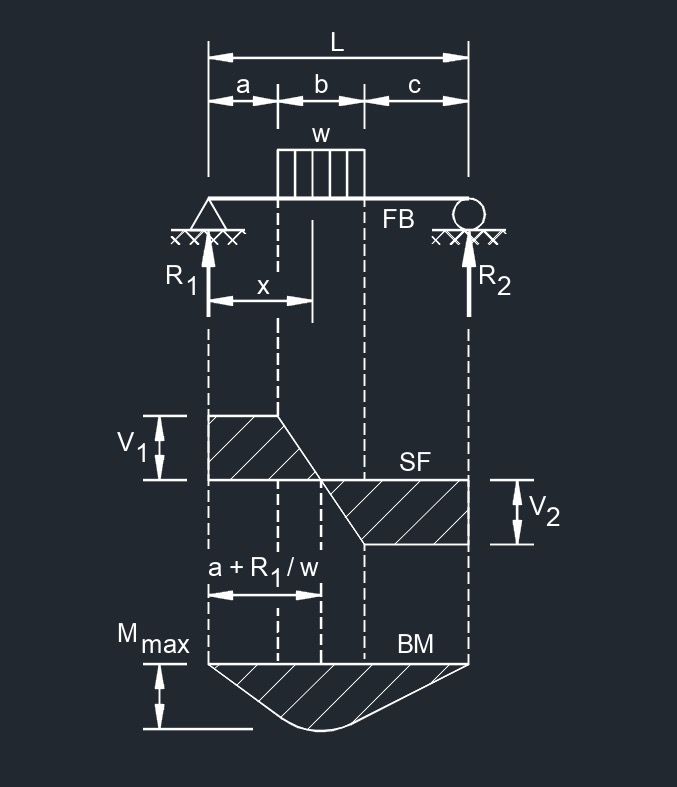 Uniform Load Partially Distributed at Any Point
Uniform Load Partially Distributed at Any Point 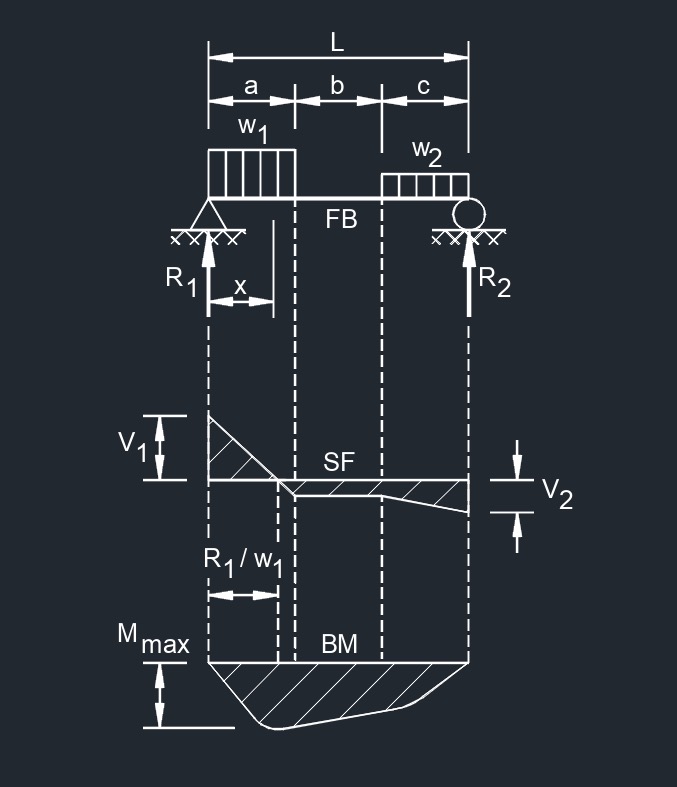 Uniform Load Partially Distributed at Each End
Uniform Load Partially Distributed at Each End 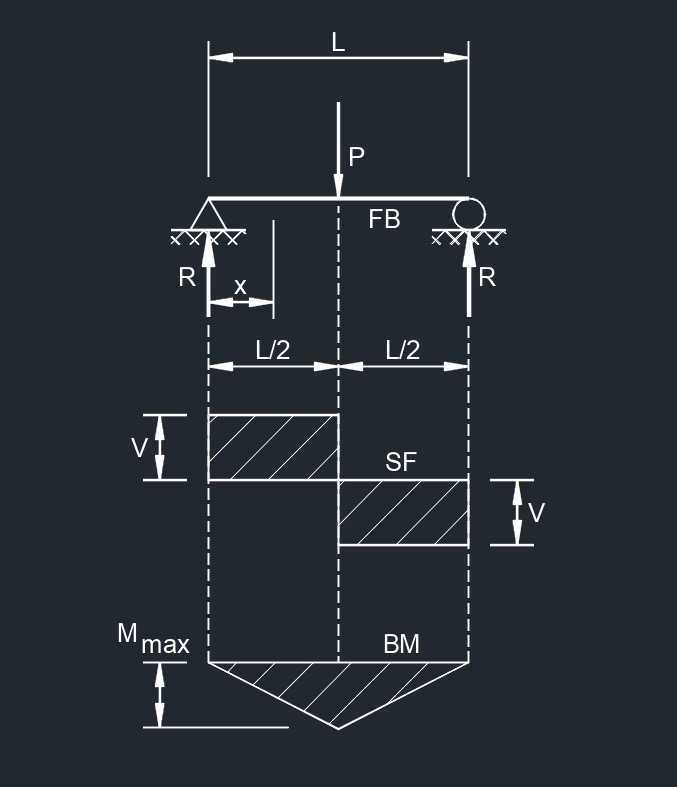 Concentrated Load at Center
Concentrated Load at Center 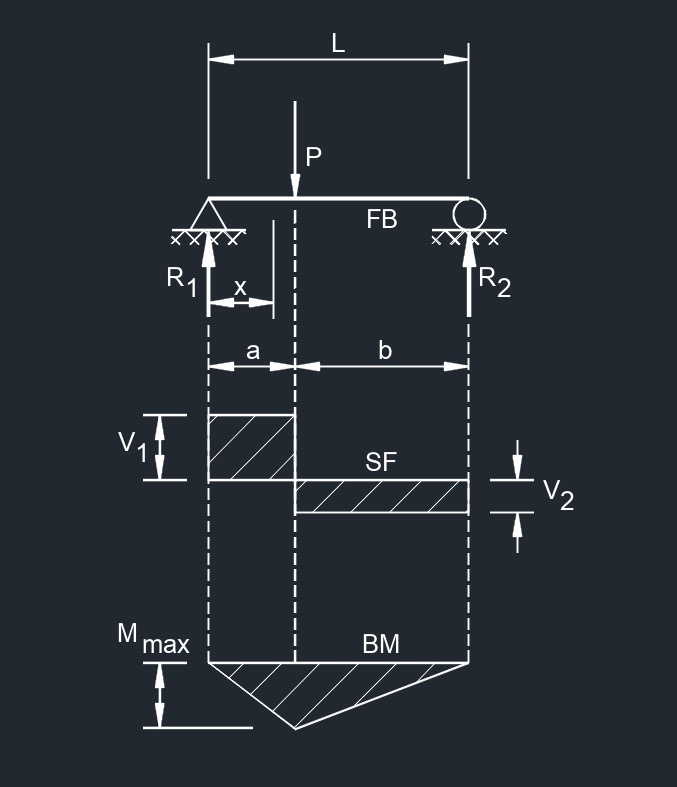 Concentrated Load at Any Point
Concentrated Load at Any Point
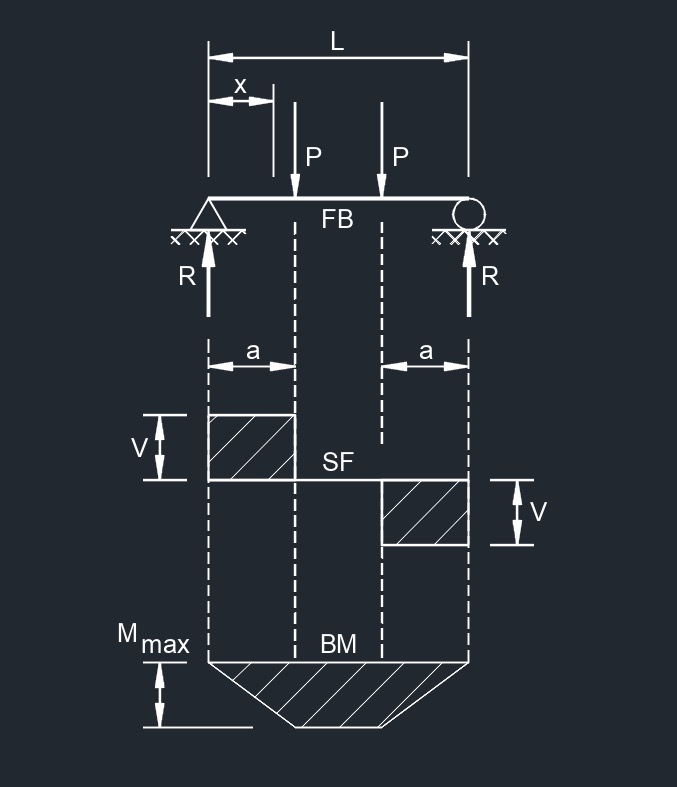 Two Point Loads Equally Spaced
Two Point Loads Equally Spaced 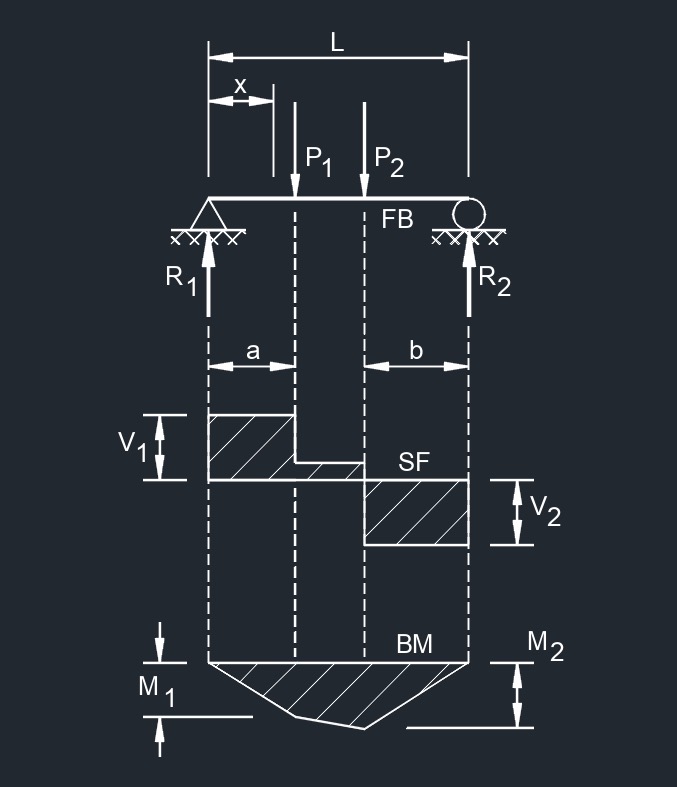 Two Equal Point Loads Unequally Spaced
Two Equal Point Loads Unequally Spaced 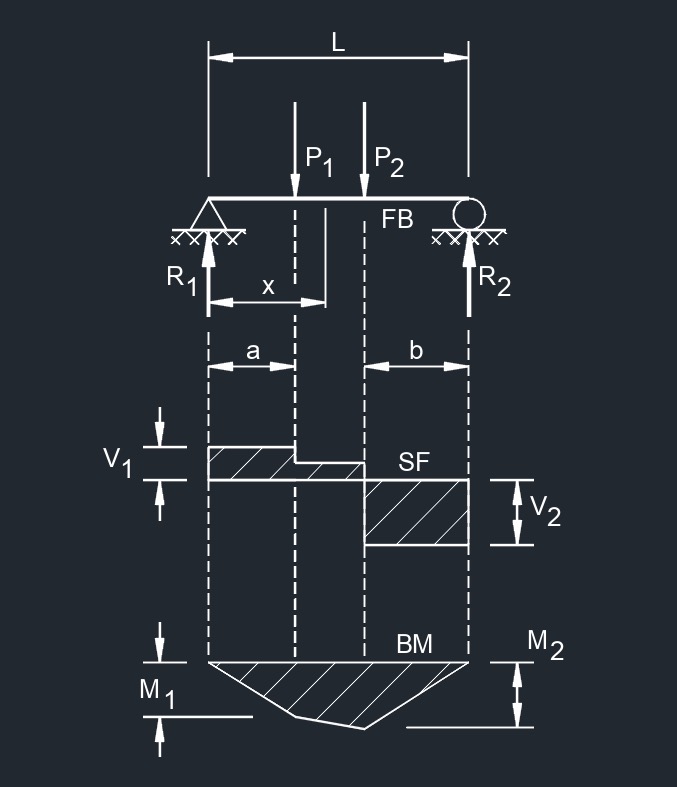 Two Unequal Point Loads Unequally Spaced
Two Unequal Point Loads Unequally Spaced 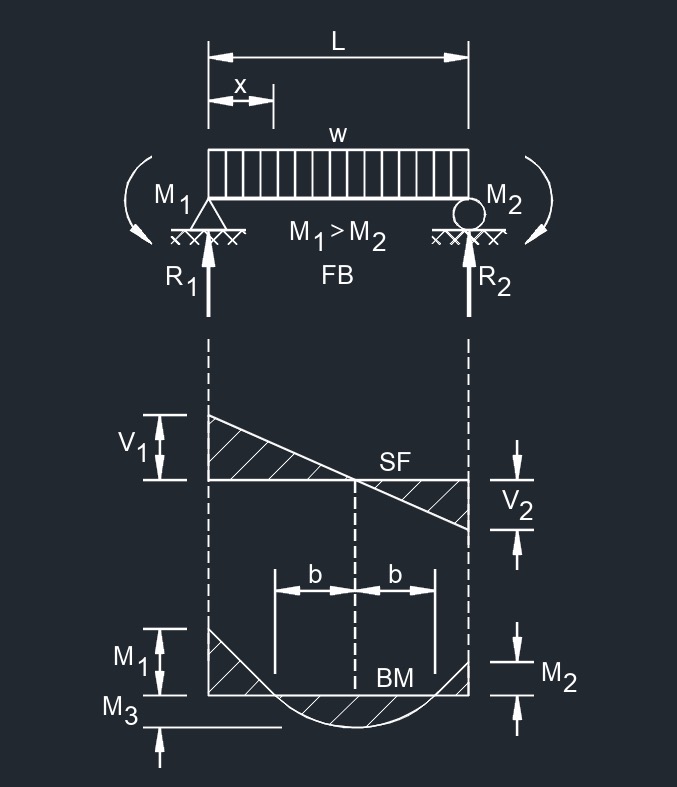 Uniformly Distributed Load and Variable End Moments
Uniformly Distributed Load and Variable End Moments
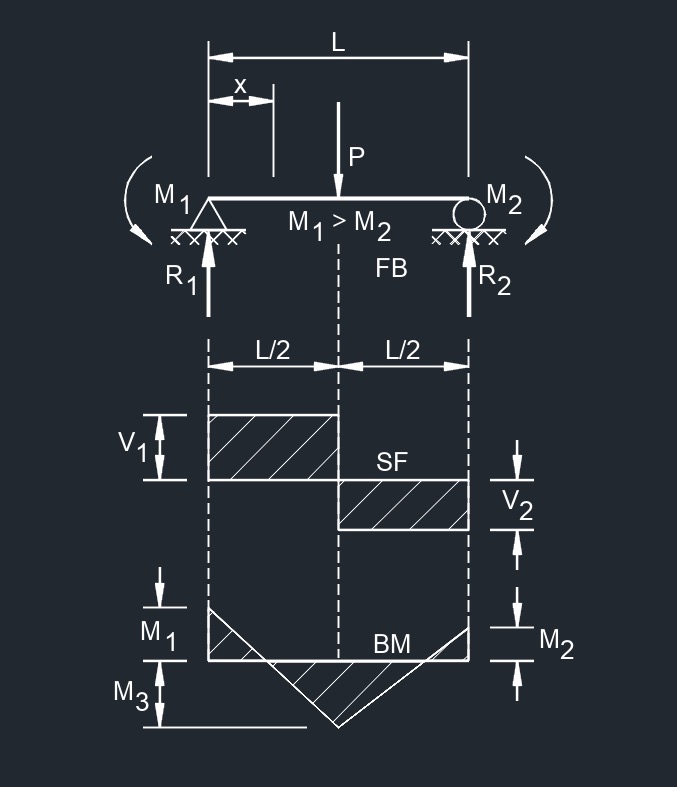 Central Point Load and Variable End Moments
Central Point Load and Variable End Moments
Beam Fixed at One End
Beam Fixed at Both Ends
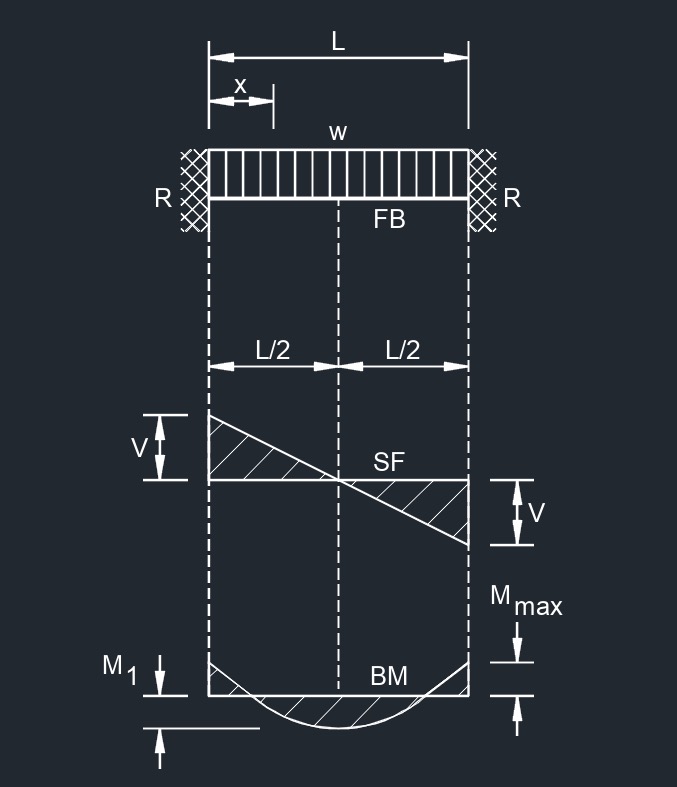 Uniformaly Distributed Load
Uniformaly Distributed Load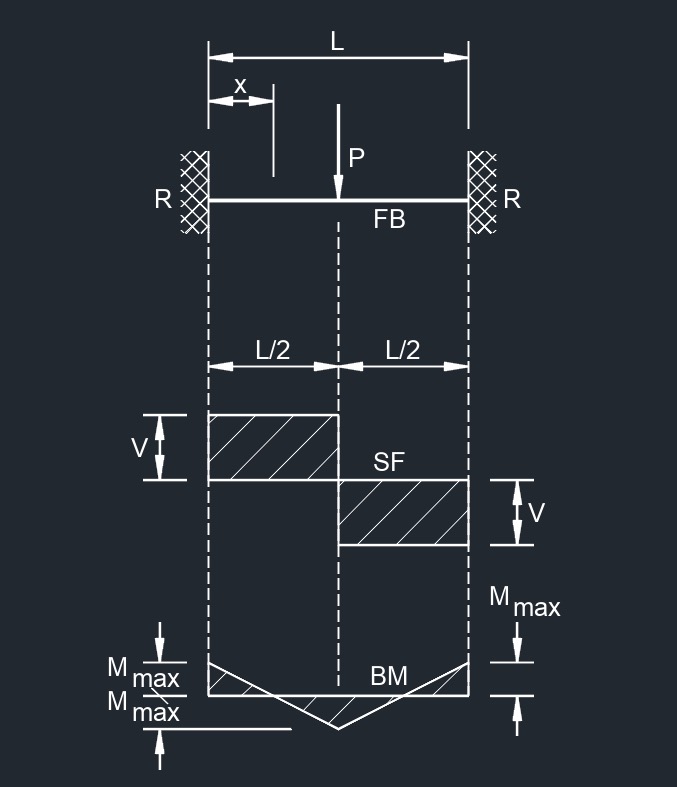 Concentrated Load at Center
Concentrated Load at Center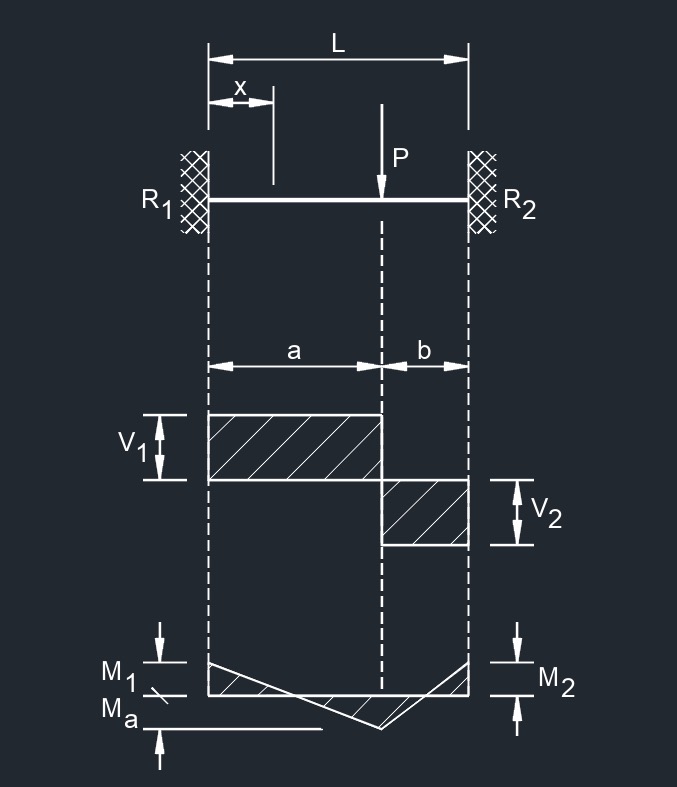 Concentrated Load at Any Point
Concentrated Load at Any Point
Cantilever Beam
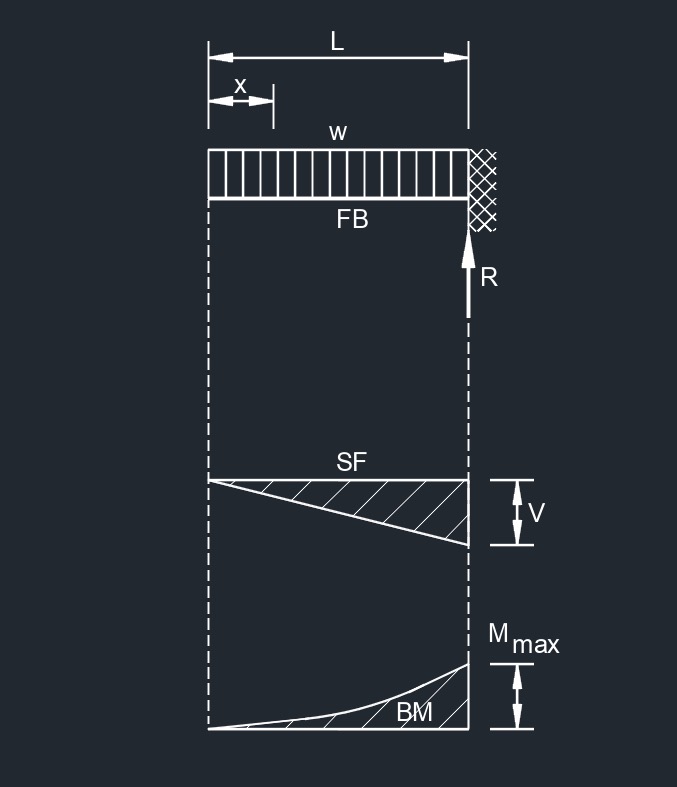 Uniformaly Distributed Load
Uniformaly Distributed Load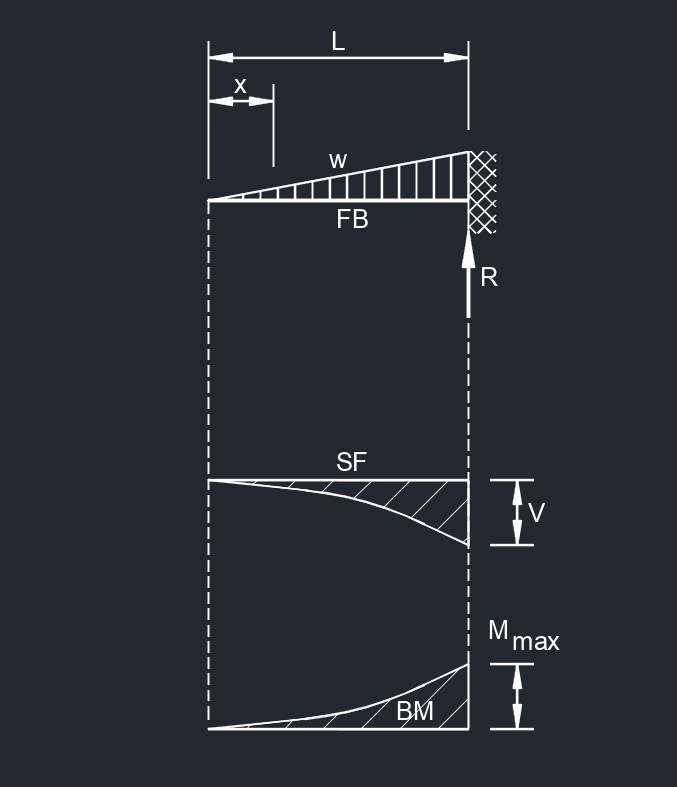 Load Increasing Uniformly to One End
Load Increasing Uniformly to One End 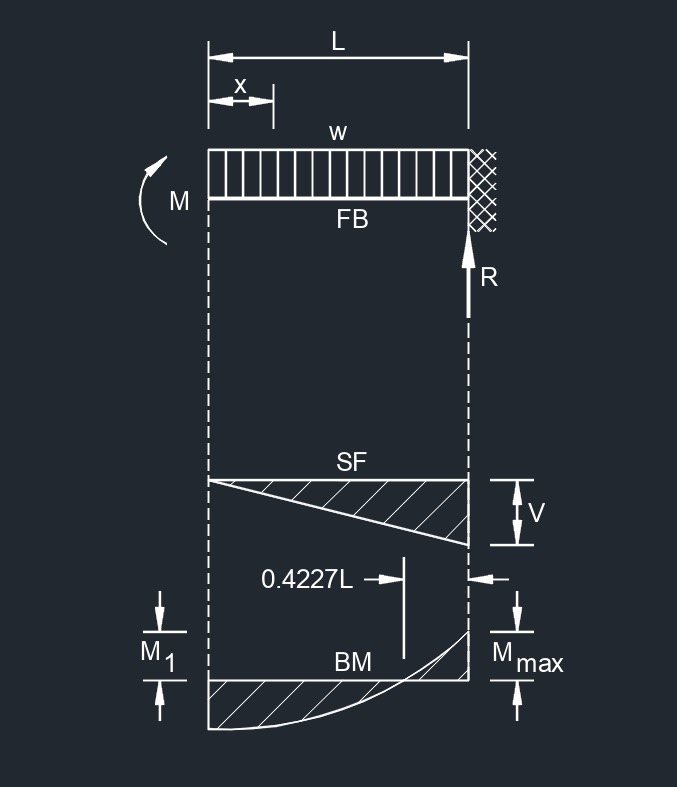 Uniformly Distributed Load and Variable End Moments
Uniformly Distributed Load and Variable End Moments 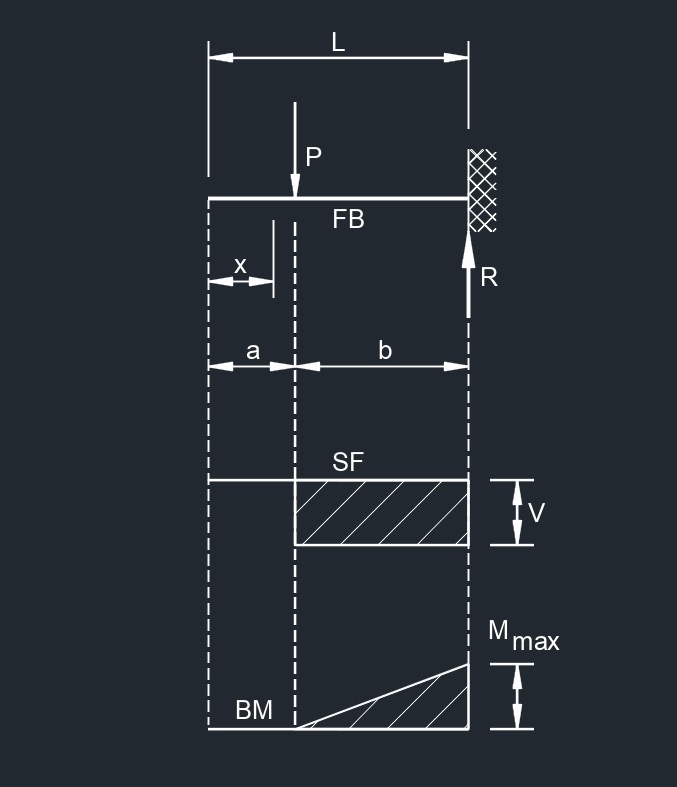 Concentrated Load at Any Point
Concentrated Load at Any Point
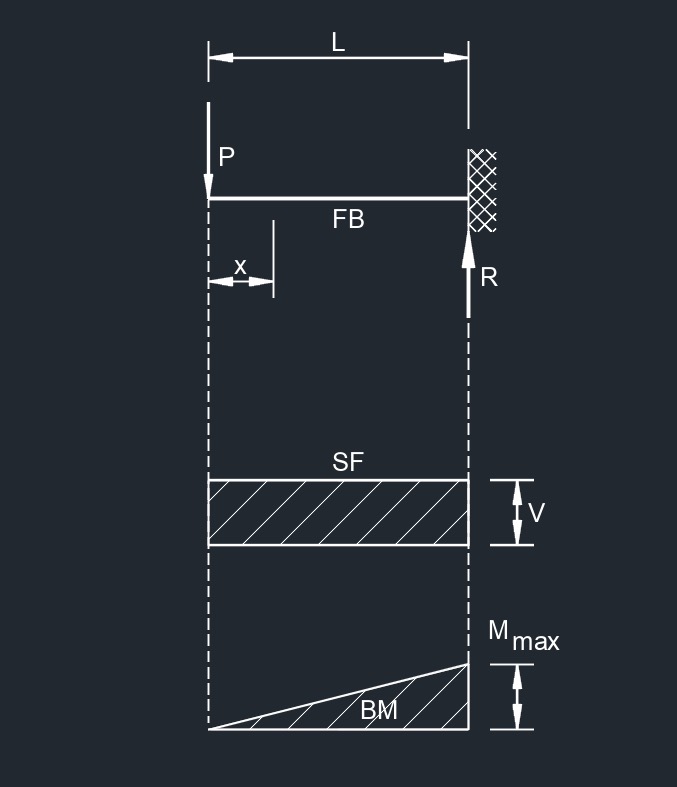 Concentrated Load at Free End
Concentrated Load at Free End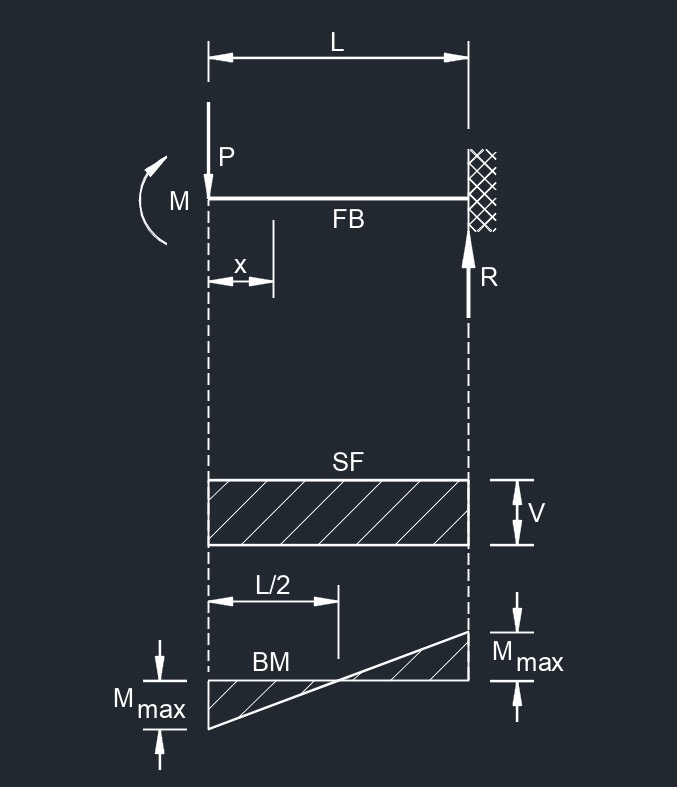 Load at Free End Deflection Vertically with No Rotation
Load at Free End Deflection Vertically with No Rotation
Overhanging Beam
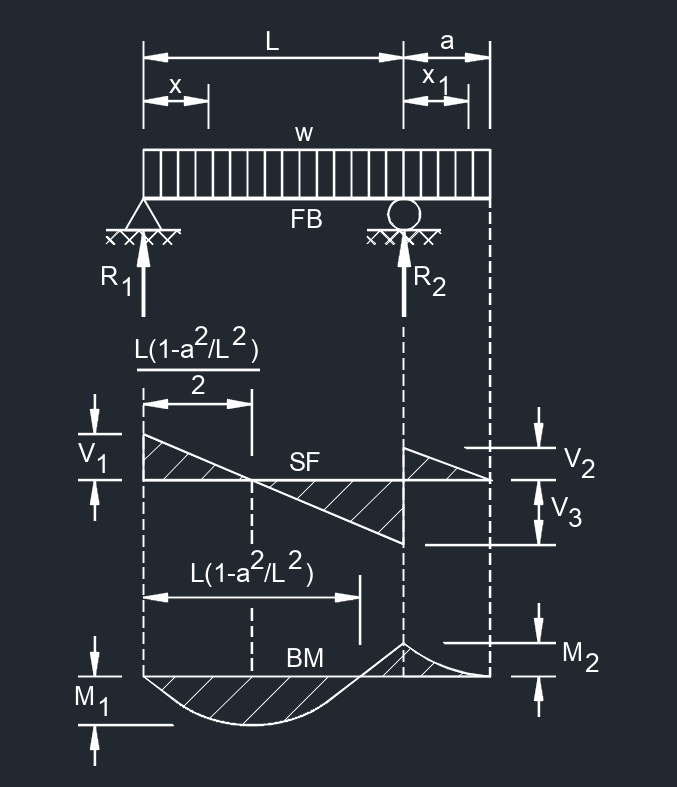 Uniformly Distributed Load
Uniformly Distributed Load 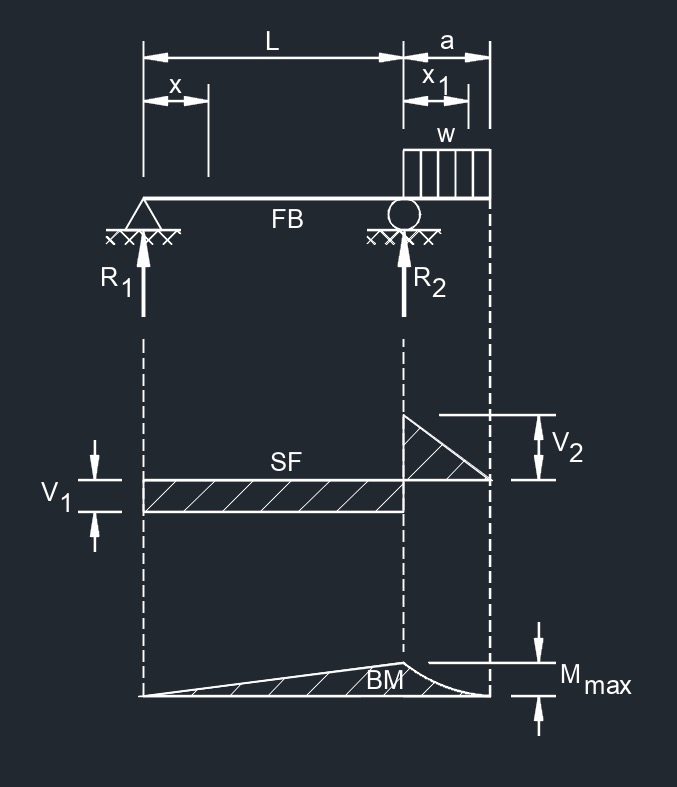 Uniformly Distributed Load on Overhang
Uniformly Distributed Load on Overhang 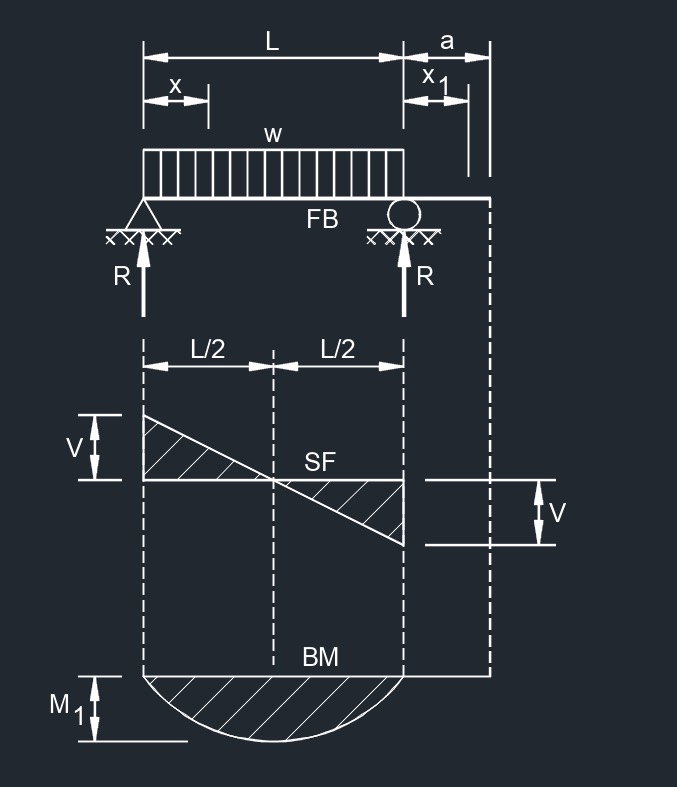 Uniformly Distributed Load Over Supported Span
Uniformly Distributed Load Over Supported Span 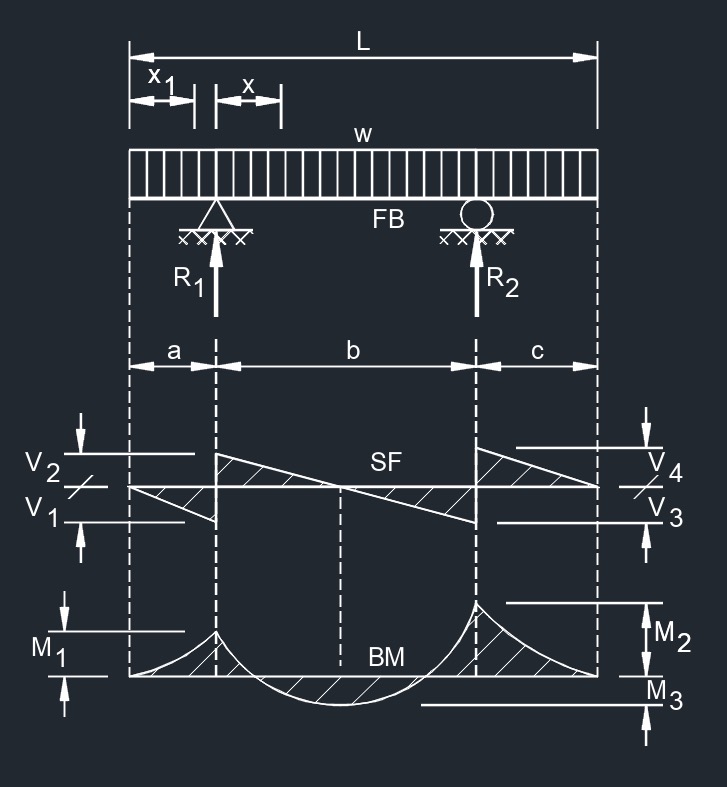 Uniformly Distributed Load Overhanging Both Supports
Uniformly Distributed Load Overhanging Both Supports
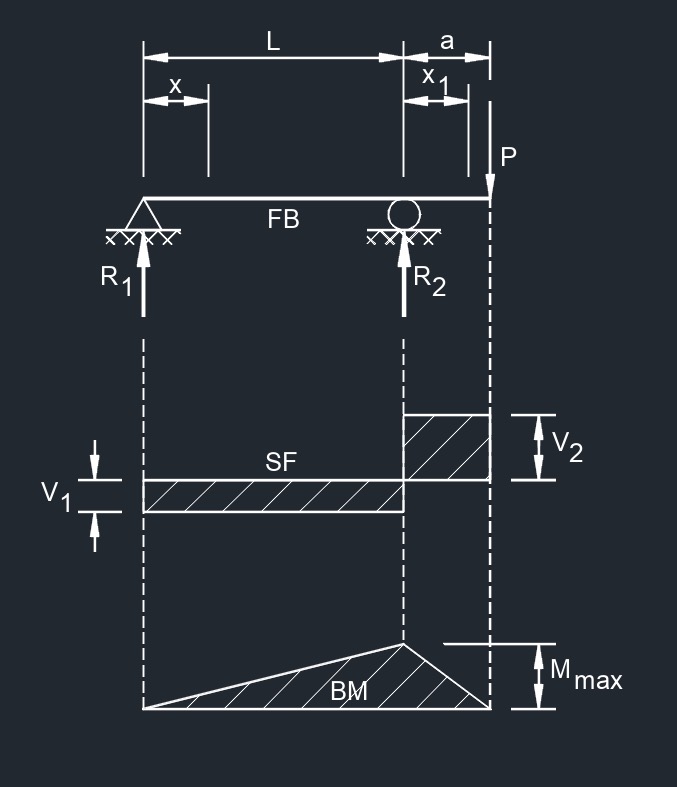 Point Load on Beam End
Point Load on Beam End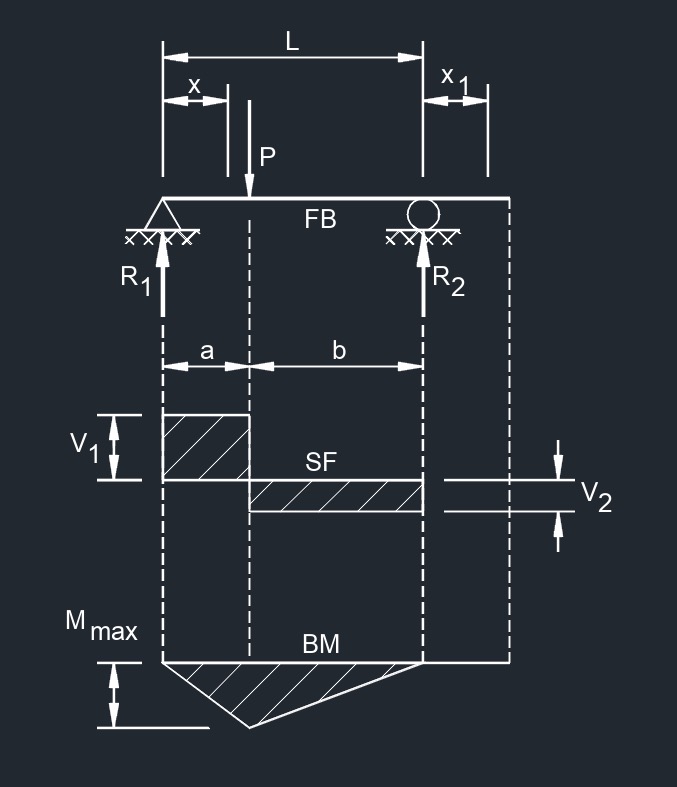 Point Load Between Supports at Any Point
Point Load Between Supports at Any Point
Two Span Continuous Beam
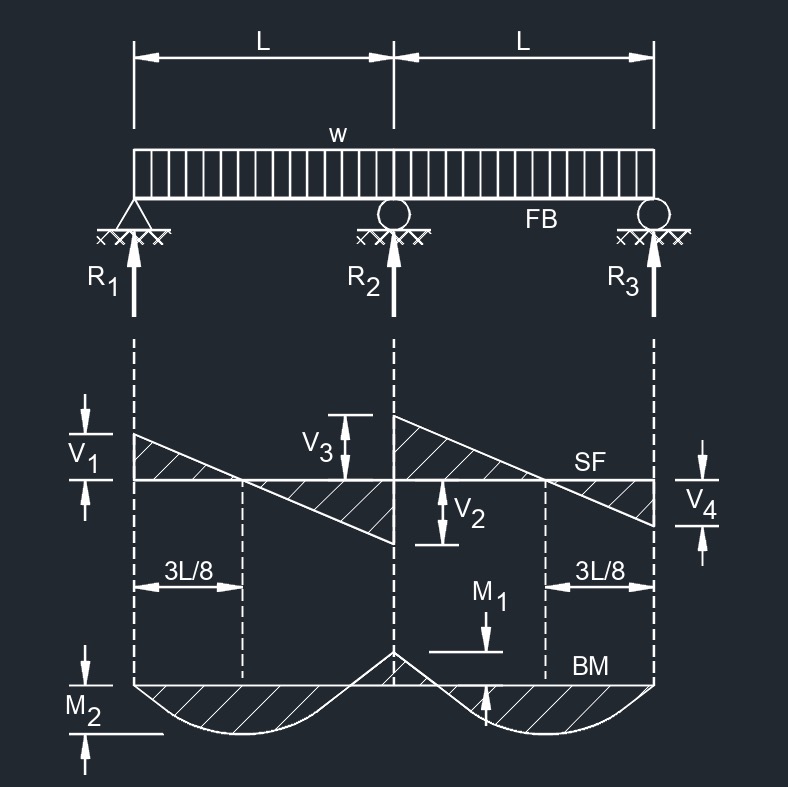 Equal Spans, Uniformly Distributed Load
Equal Spans, Uniformly Distributed Load 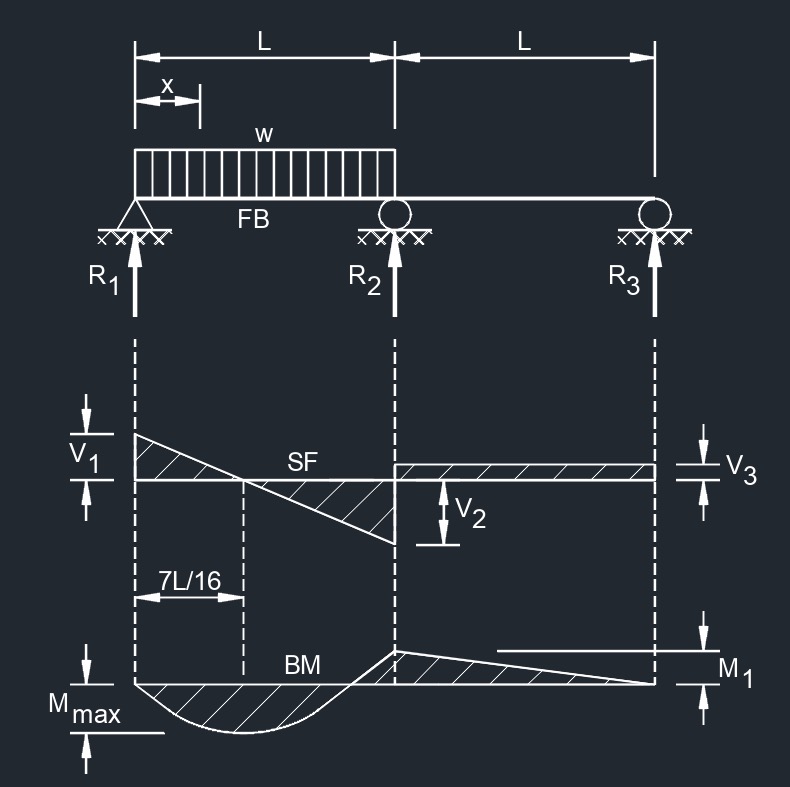 Equal Spans, Uniform Load on One Span
Equal Spans, Uniform Load on One Span 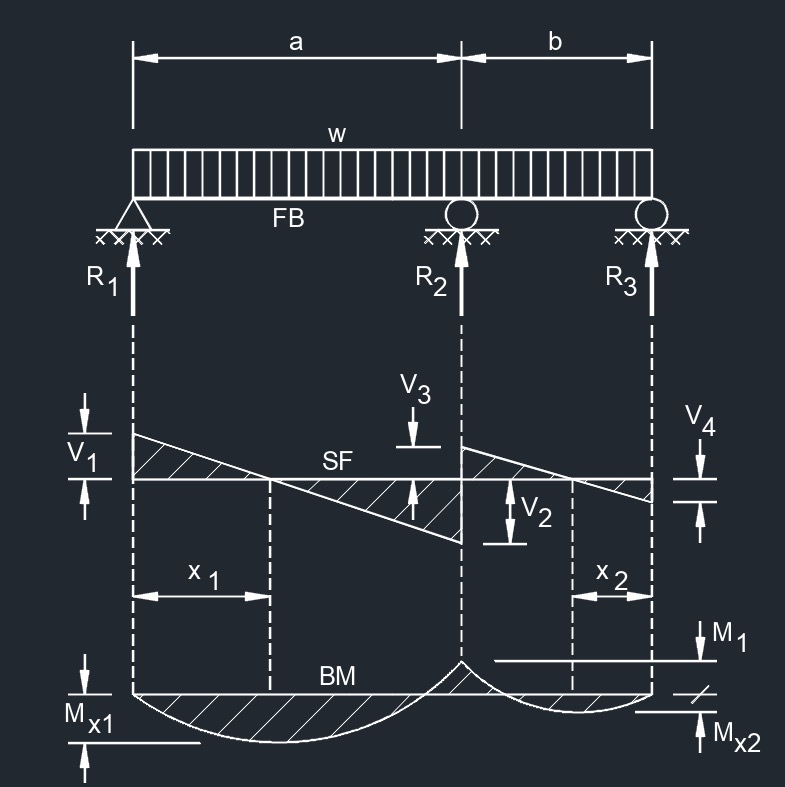 Unequal Spans, Uniformly Distributed Load
Unequal Spans, Uniformly Distributed Load 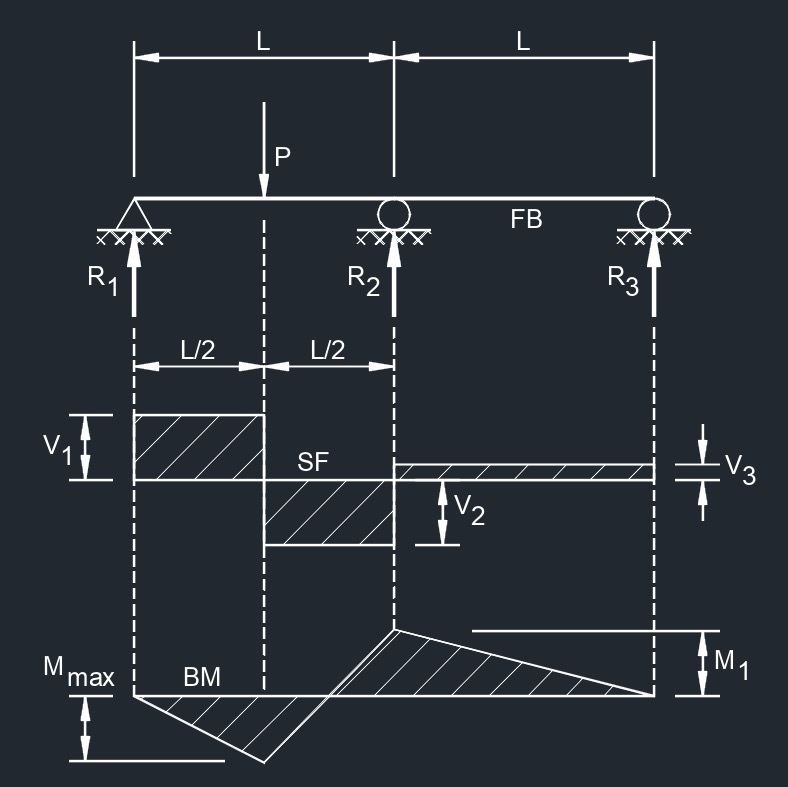 Equal Spans, Concentrated Load at Center of One Span
Equal Spans, Concentrated Load at Center of One Span
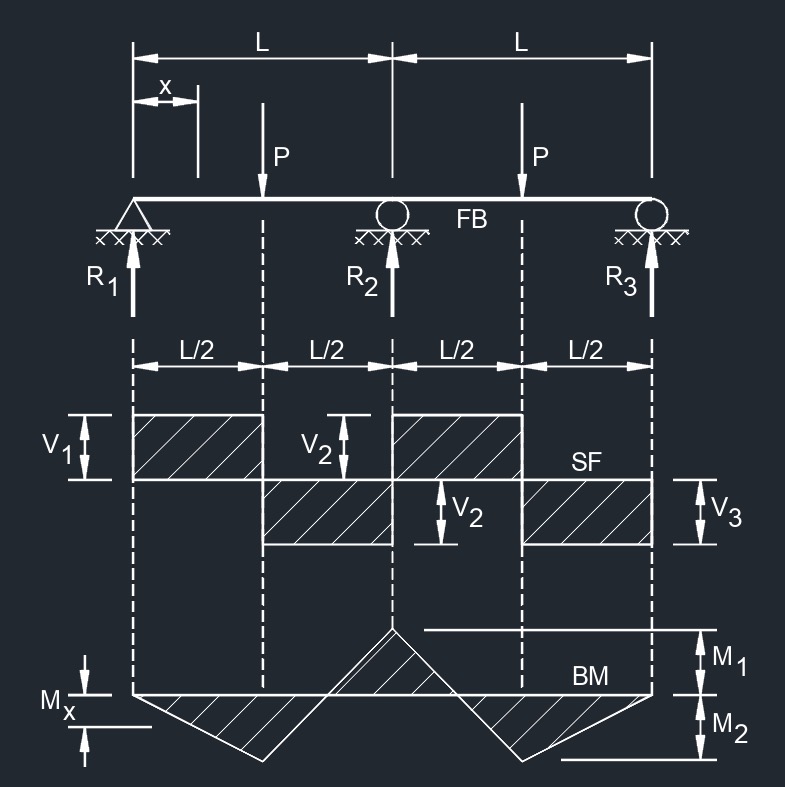 Equal Spans, Two Equal Concentrated Loads Symmetrically Placed
Equal Spans, Two Equal Concentrated Loads Symmetrically Placed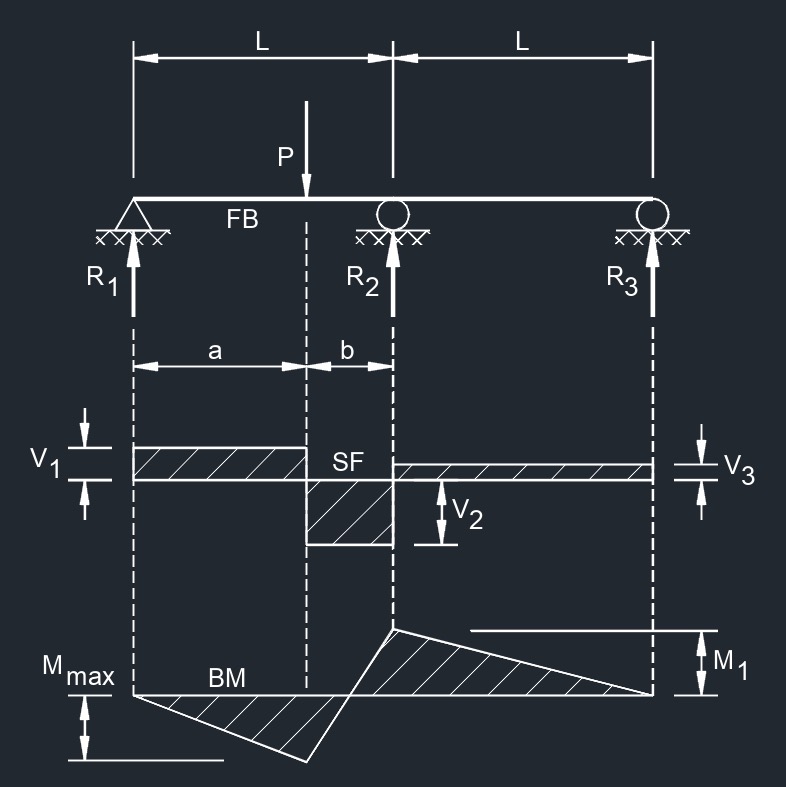 Equal Spans, Concentrated Load at Any Point
Equal Spans, Concentrated Load at Any Point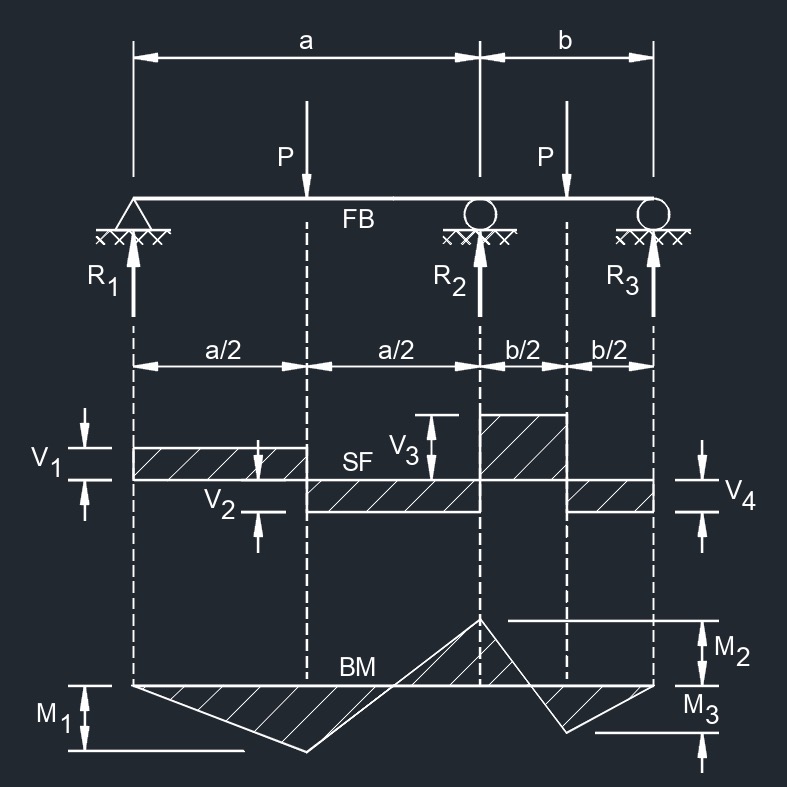 Unequal Spans, Concentrated Load on Each Span Symmetrically Placed
Unequal Spans, Concentrated Load on Each Span Symmetrically Placed
Three Span Continuous Beam
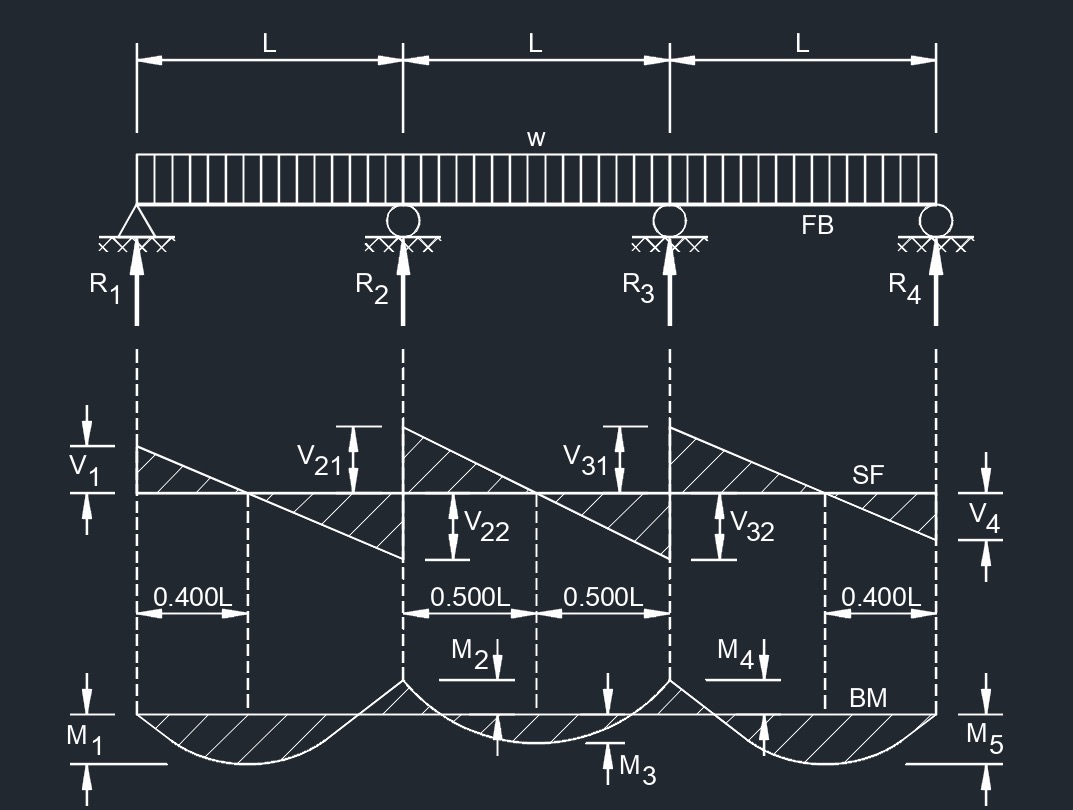 Equal Spans, Uniformly Distributed Load
Equal Spans, Uniformly Distributed Load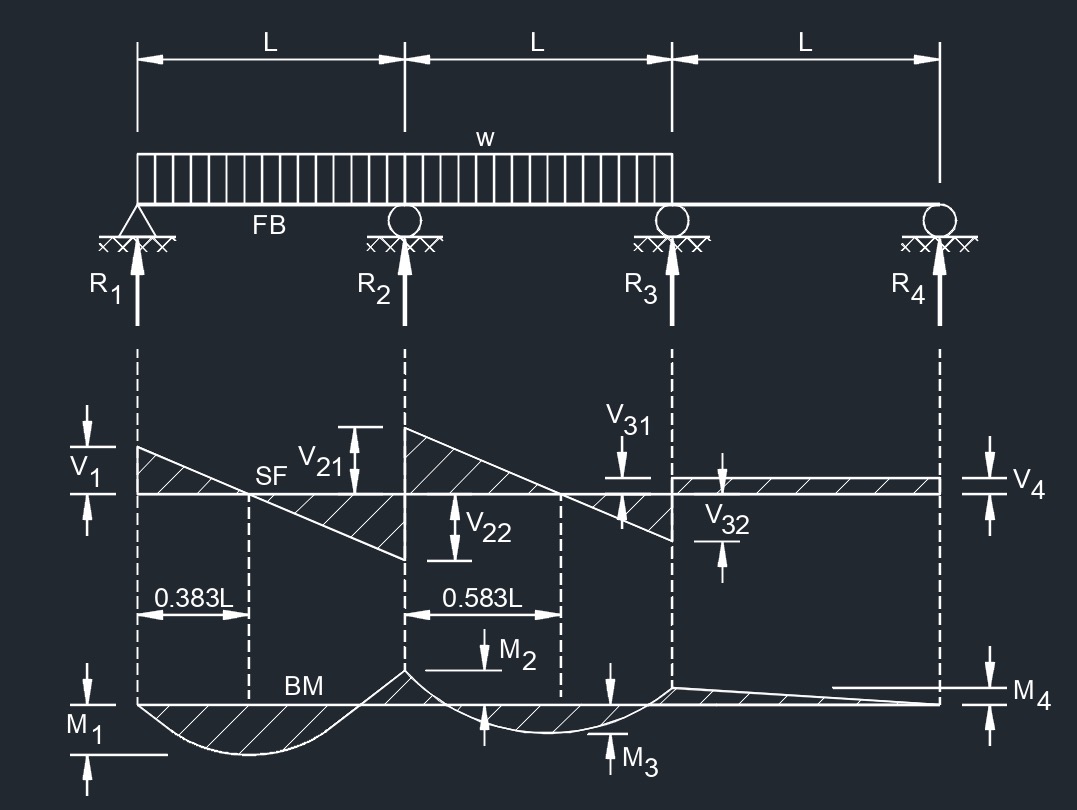 Equal Spans, Uniform Load on Two Spans to One Side
Equal Spans, Uniform Load on Two Spans to One Side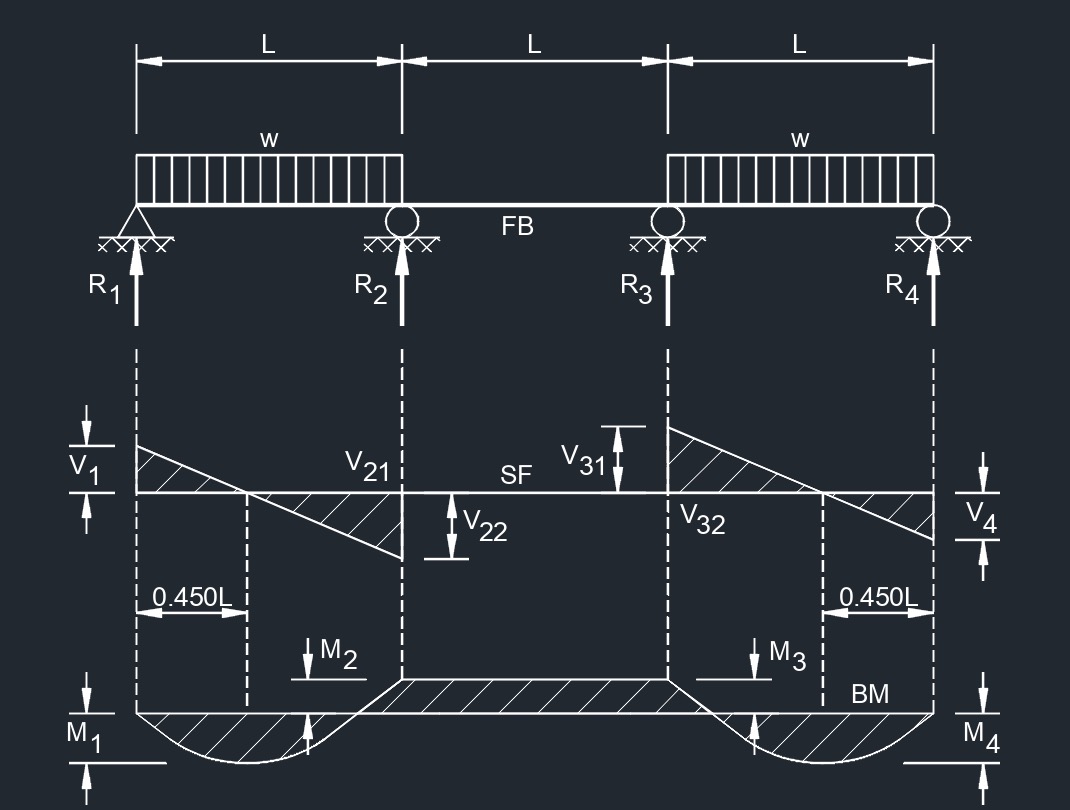 Equal Spans, Uniform Load on Two Spans at Each End
Equal Spans, Uniform Load on Two Spans at Each End
Four Span Continuous Beam
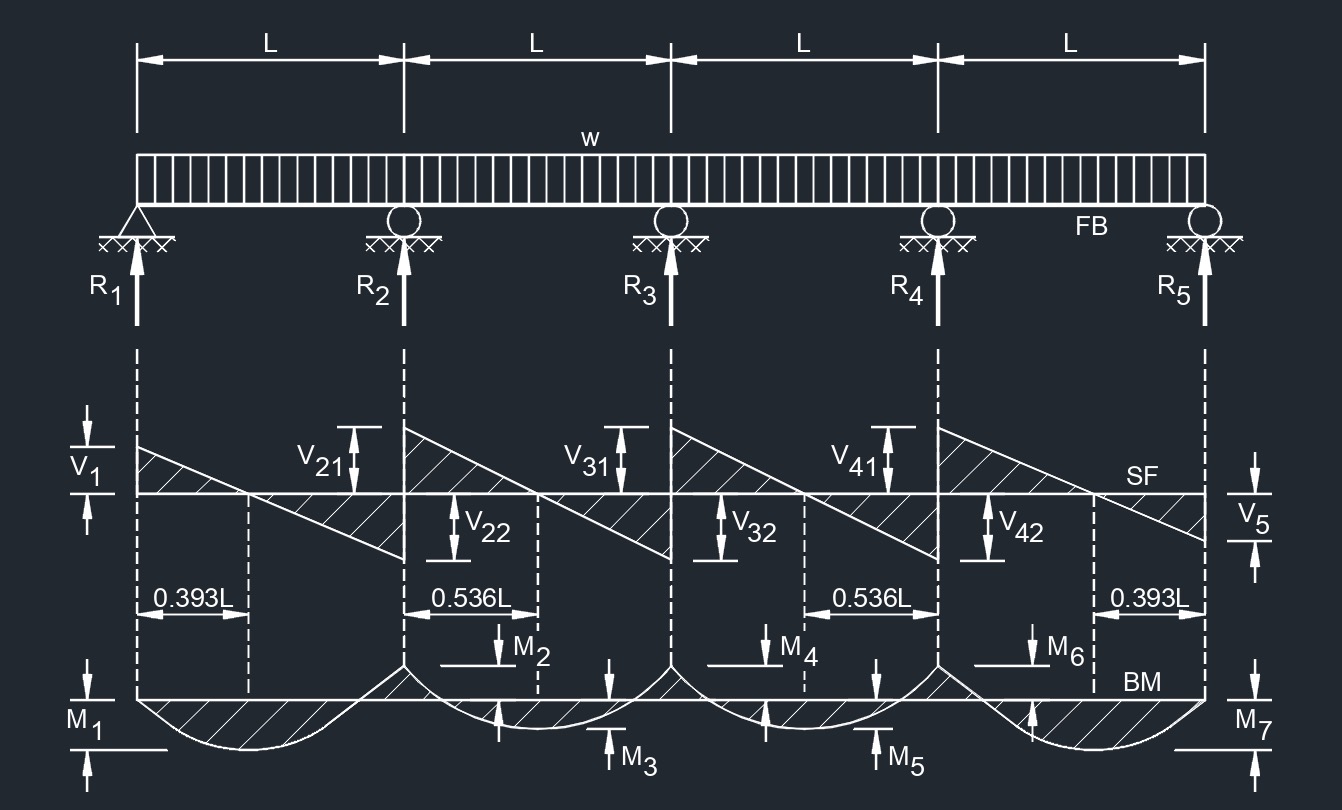 Equal Spans, Uniformly Distributed Load
Equal Spans, Uniformly Distributed Load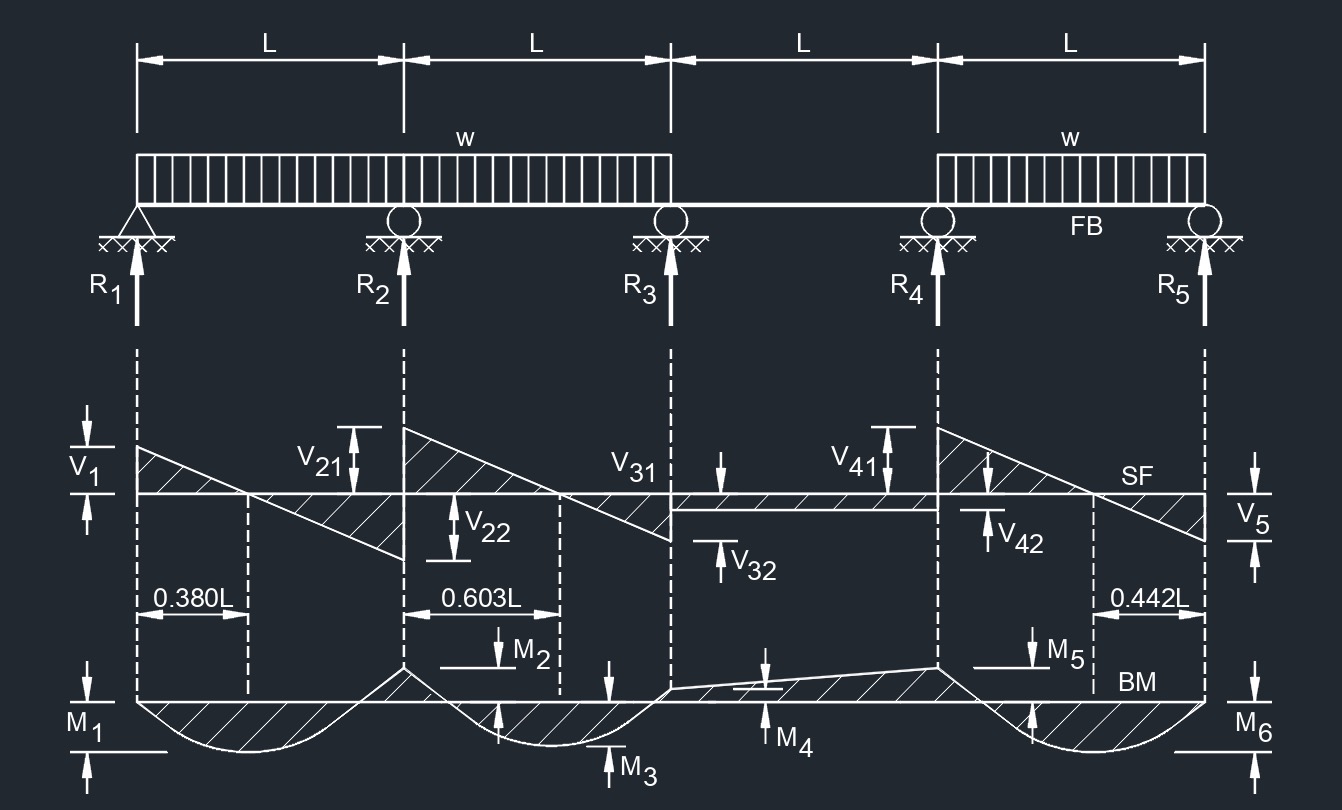 Equal Spans, Uniform Load on Three Spans
Equal Spans, Uniform Load on Three Spans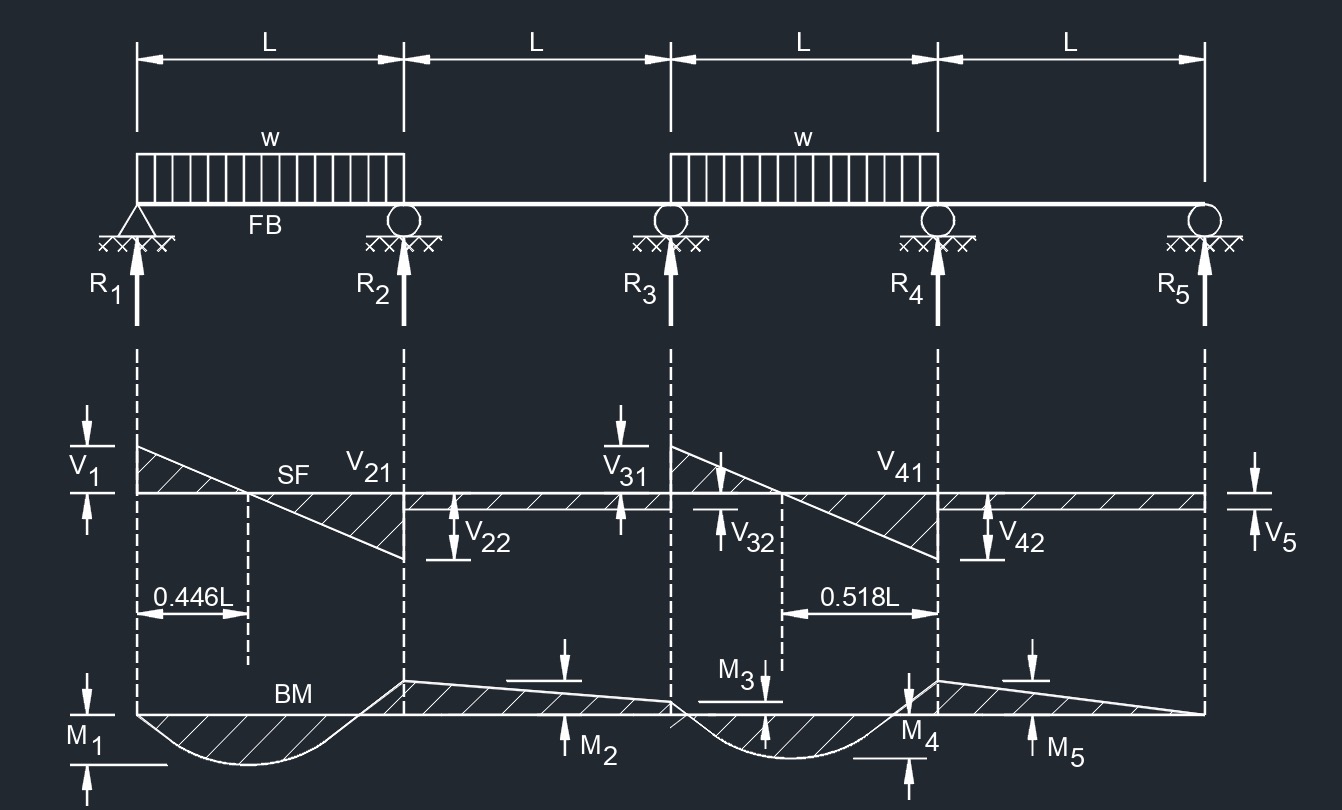 Equal Spans, Uniform Load on Two Spans
Equal Spans, Uniform Load on Two Spans
Nomenclature, Symbols, and Units for Beam Supports |
||||||
| Symbol | Greek Symbol | Definition | English | Metric | SI | Value |
| \(\Delta\) | Delta | deflection or deformation | \(in\) | \(mm\) | \(mm\) | - |
| \(a, b\) | - | distance to point load | \(in\) | \(mm\) | \(mm\) | - |
| \(w\) | - | highest load per unit length | \(lbf\;/\;in\) | \(N\;/\;m\) | \(N-m^{-1}\) | |
| \(x\) | - | horizontal distance from reaction to point on beam | \(in\) | \(mm\) | \(mm\) | - |
| \(w\) | - | load per unit length | \(lbf\;/\;in\) | \(N\;/\;m\) | \(N-m^{-1}\) | - |
| \(M\) | - | maximum bending moment | \(lbf-in\) | \(N-mm\) | \(N-mm\) | - |
| \(V\) | - | maximum shear force | \(lbf\) | \(N\) | \(kg-m-s^{-2}\) | |
| \(\lambda\) | lambda | modulus of elasticity | \(lbf\;/\;in^2\) | \(MPA\) | \(N-mm^{-2}\) | - |
| \(R\) | - | reaction load at bearing point | \(lbf\) | \(N\) | \(kg-m-s^{-2}\) | - |
| \(I\) | - | second moment of area (moment of inertia) | \(in^4\) | \(mm^4\) | \(mm^4\) | - |
| \(L\) | - | span length of the bending member | \(in\) | \(mm\) | \(mm\) | - |
| \(P\) | - | total concentrated load | \(lbf\) | \(N\) | \(kg-m-s^{-2}\) | - |
| \(W\) | - | total load \(\left( \frac{w\;L}{2} \right)\) | \(lbf\) | \(N\) | \(kg-m-s^{-2}\) | - |


